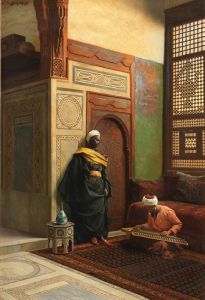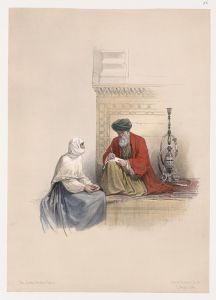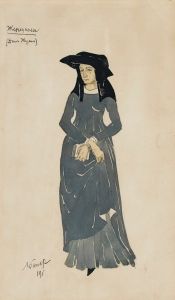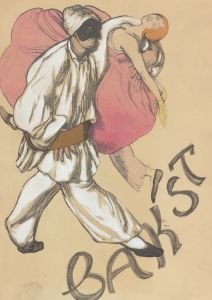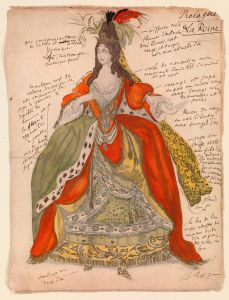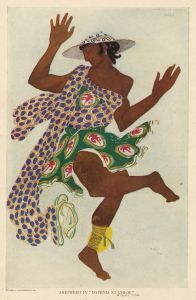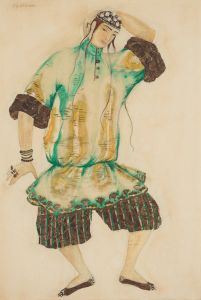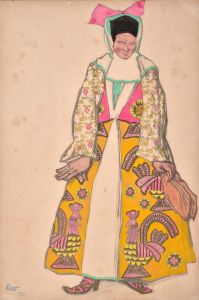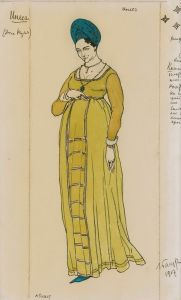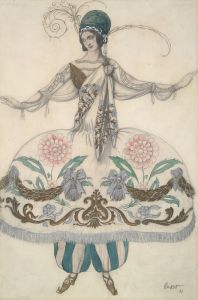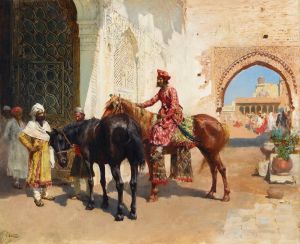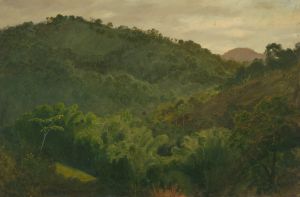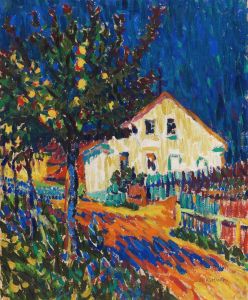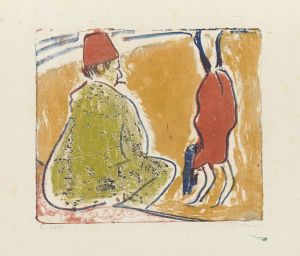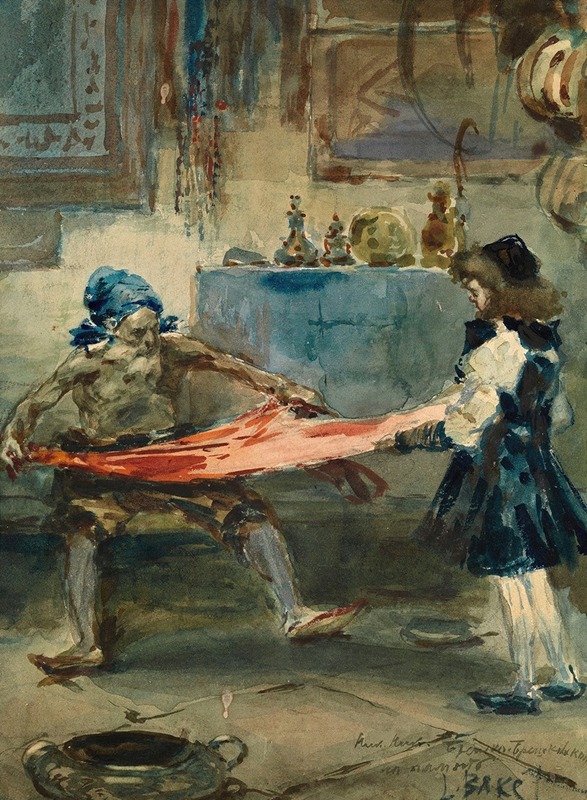
Oriental Scene
A hand-painted replica of Léon Bakst’s masterpiece Oriental Scene, meticulously crafted by professional artists to capture the true essence of the original. Each piece is created with museum-quality canvas and rare mineral pigments, carefully painted by experienced artists with delicate brushstrokes and rich, layered colors to perfectly recreate the texture of the original artwork. Unlike machine-printed reproductions, this hand-painted version brings the painting to life, infused with the artist’s emotions and skill in every stroke. Whether for personal collection or home decoration, it instantly elevates the artistic atmosphere of any space.
Léon Bakst, born Lev Samoilovich Rosenberg in 1866, was a Russian painter and scene and costume designer, renowned for his work with the Ballets Russes, a Paris-based ballet company that revolutionized the performing arts in the early 20th century. Bakst's contributions to the world of art and theater were significant, and his works are celebrated for their vibrant colors, exotic themes, and intricate designs. Among his many creations, "Oriental Scene" stands out as a testament to his fascination with the East and his ability to blend different cultural elements into his art.
"Oriental Scene" by Léon Bakst is a painting that exemplifies the artist's interest in Orientalism, a trend in Western art and literature that sought to capture the essence of Eastern cultures, often through a romanticized lens. This movement was particularly popular in the late 19th and early 20th centuries, coinciding with Bakst's career. While specific details about the painting "Oriental Scene" are scarce, Bakst's body of work provides context for understanding its significance.
Bakst's art was heavily influenced by his travels and exposure to various cultures. His designs often incorporated motifs and styles from the Middle East, North Africa, and Asia, reflecting a fascination with the exotic and the unknown. This interest is evident in "Oriental Scene," where Bakst likely employed a rich palette and intricate patterns to evoke the allure and mystery of the East.
As a designer for the Ballets Russes, Bakst had a profound impact on the visual aspects of theater. His work on productions such as "Scheherazade" and "The Firebird" showcased his ability to create immersive environments that transported audiences to distant lands. These productions were characterized by their opulent costumes and sets, which drew heavily from Oriental themes. It is reasonable to assume that "Oriental Scene" shares a similar aesthetic, given Bakst's consistent style and thematic interests.
Bakst's approach to Orientalism was not merely about replication but rather about interpretation and innovation. He combined elements from various Eastern cultures, creating a unique visual language that resonated with Western audiences. This synthesis of styles is likely present in "Oriental Scene," where Bakst's imaginative vision would have brought together disparate influences to create a cohesive and captivating image.
Despite the lack of specific information about "Oriental Scene," Bakst's legacy as an artist and designer is well-documented. His work continues to be celebrated for its boldness and creativity, and his influence can be seen in various fields, from fashion to interior design. Bakst's ability to transcend cultural boundaries and create art that speaks to universal themes of beauty and wonder is a testament to his enduring appeal.
In summary, while detailed information about "Oriental Scene" is limited, Léon Bakst's reputation as a master of Orientalism and his contributions to the arts provide a framework for appreciating the painting. His work remains a vibrant example of the cross-cultural exchanges that characterized the early 20th century, and "Oriental Scene" likely embodies the same spirit of exploration and artistic innovation that defined Bakst's illustrious career.





